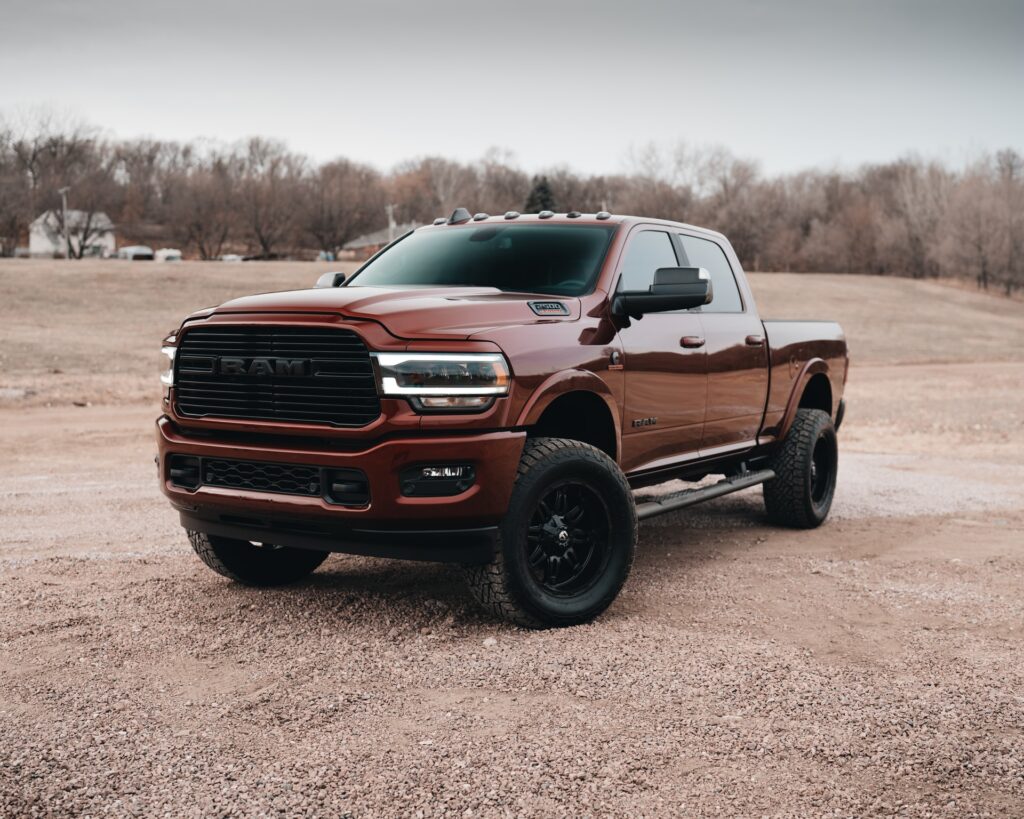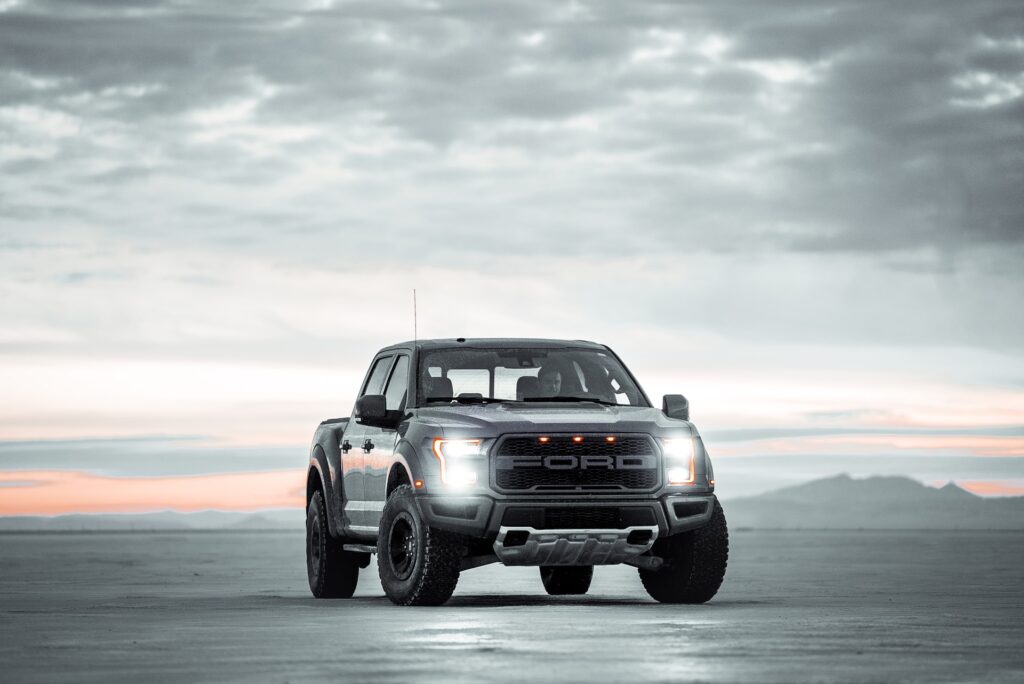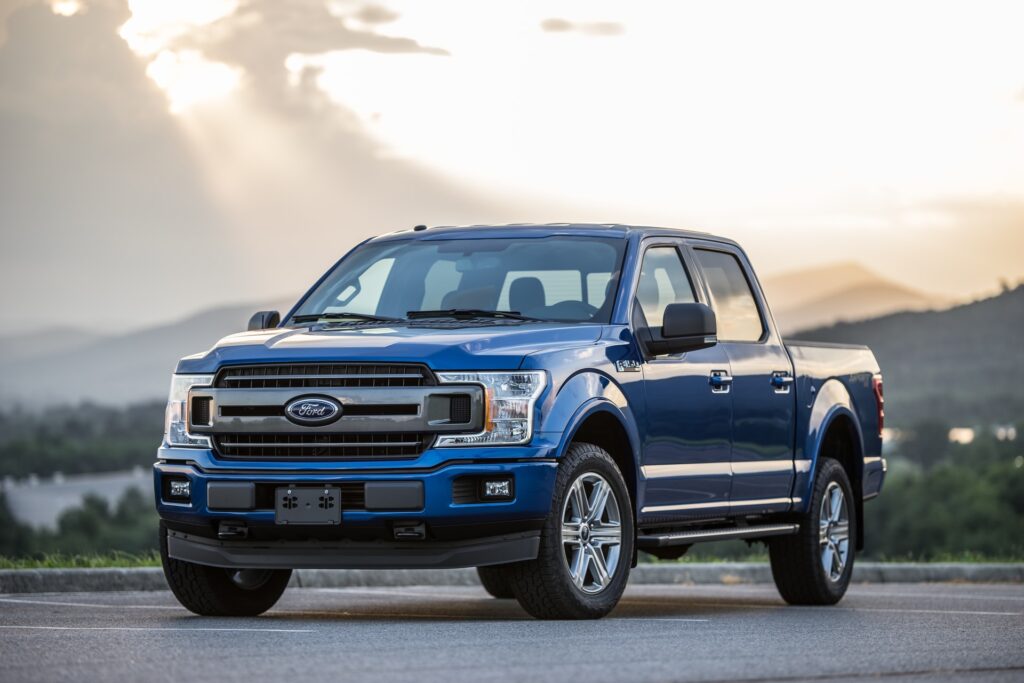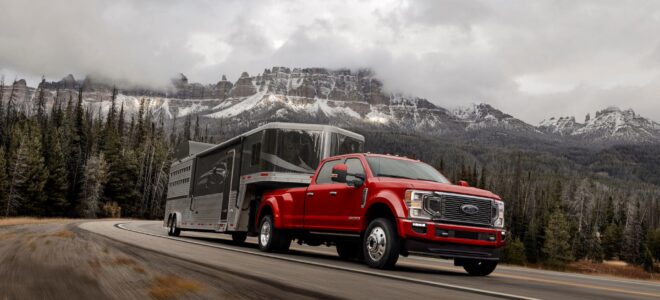You are thinking about buying a used or new truck or SUV for towing. That brings up many questions that need answers before you sign a loan contract.
1. Should You Buy New or Used?

Source: unsplash.com
This is perhaps the first factor when shopping. If you need high tow ratings, you may be able to save a great deal of money up front by buying used. Of course, you can’t assume that today’s advertised tow ratings apply to the brand’s older models. It will take research to determine the truck’s actual ratings. Then there’s the matter of being properly equipped for towing. You’ll also have to research that truck model and what it needs for proper towing.
You’ll want to look at all loan factors. These include how much you can afford as a down payment, new and used interest rates, and monthly payment amounts. According to Earnhardt, an auto loan calculator will make this part of your process easier. A shorter loan will mean higher payments, but it will reduce the amount of interest you pay on your truck.
2. How Much Will You Tow?
Before you purchase a new truck, determine the real weight of what you will tow. Often it is more than a person realizes.
You start with the weights you know. The weight of a camper, a regular trailer, a boat, or a horse trailer can be found on the manufacturer’s website if you don’t already know it.
However, you then need to calculate the weight of what you’ll add.
The camper will have sporting gear, clothes, outdoor furniture, a grill, and more. You will probably want to add 500 to 1,000 pounds to allow for that. Likewise, you may have to add that much to the weight of the boat trailer, due to life jackets, cushions, boating accessories and personal items. Depending on the size and material, a boat cover can add hundreds of pounds to the weight.
The horse trailer will have the horses, the saddles, and any other gear that needs hauling. A work trailer may be hauling lawn mowers or heavy construction materials. A personal trailer may be hauling motorcycles, ATVS, Jetskis, snowmobiles, or other heavy sport vehicles.
It may be a bother, but determining the real weight of your load is essential to matching it up with the right truck or SUV.
3.What are the Dimensions?

Source: unsplash.com
Another important factor is the truck’s width and length when compared to what you plan to tow. If the truck is much shorter or thinner than what it is towing, the difference in dimensions could cause big problems for steering, safety and your truck’s long-term durability.
For instance, the Ford Ranger, the leading mid size truck, can tow up to 7,500 pounds. That makes it perfect for many purposes. However, owners are told to stay away from overly long or overly wide loads, regardless of weight. In those cases, it is wiser to step up to the Ford F150. The full-size truck is longer and wider, making it more in balance with the wider load.
4. What’s the Drivetrain?

Source: unsplash.com
Midsize and large SUVs may advertise good tow ratings, but you always need to look for the AWD or 4WD edition. For instance, the Honda Pilot 2WD can tow 3,500 pounds, but the AWD model can tow up to 5,000 pounds.
If comparing all- and four-wheel drive, you’ll find better ratings on 4WD vehicles due to their extra strength. Surpassing the Pilot AWD, for instance, Explorer 4WD models can tow up to 5,600 pounds while Expedition four-wheel drive models can tow up to 9,300 pounds.
In trucks, you cannot rule out rear-wheel drivetrains entirely. The 2024 Ford F150 V6 RWD can tow 5,000 to 7,700 pounds, depending on axle size and cab size. This may be what you need, and there’s no reason to pay for more capability.
However, 4WD will increase tow ratings on F150s and any other truck brand. That will be your territory if you are looking at tow ratings of 9,000 pounds or more.
5.What is the Tow Rating?
It is worth studying truck brand specification charts to find the tow rating you actually want. Four-wheel drive, vehicle size, and axle size must be in the right combination. The top light duty truck ratings will top out just over 13,000 pounds.
If you need to go that big or bigger, a full-size, medium duty truck, such as the Ford F250 or the Silverado 2500, will be the answer. If you are approaching 20,000, you will need to look at the differences between the medium-duty and heavy-duty models. The Ford F350 has an even tougher build than the F250 and offers powertrain/axle combinations that allow it to lead the class.
If you want to go smaller, you may be able to do that. To find that, you must look for the V6 editions. Always a V6, the Honda Ridgeline AWD edition maxes out at 5,000 pounds. That’s a reasonable amount in this class, but it may not be enough for what you need to tow. The Ford Ranger, as mentioned earlier, can tow up to 7,500 pounds. On the other hand, you can go wrong with mid size choices. A used four-cylinder Nissan Frontier or Toyota Tacoma may barely break a 2,000-pound tow rating.
6. How is the Truck Equipped?

Source: unsplash.com
Last but not least, you need to know what exact equipment you need to achieve the published tow rating. If new, it will be easier to get exactly what you need, but you should do some pricing up front. Truck manufacturers generally have towing packages for their new vehicles. You can expect to tack those costs onto your new truck cost.
If you are buying used, this can be a huge factor in whether or not you purchase the vehicle. Either way you don’t want to have to pay for aftermarket improvements on top of the cost of your truck.
Before you go truck shopping, the answers to the questions above should help you narrow your search, and knowing those answers should help you remain savvy and alert through the buying process.



